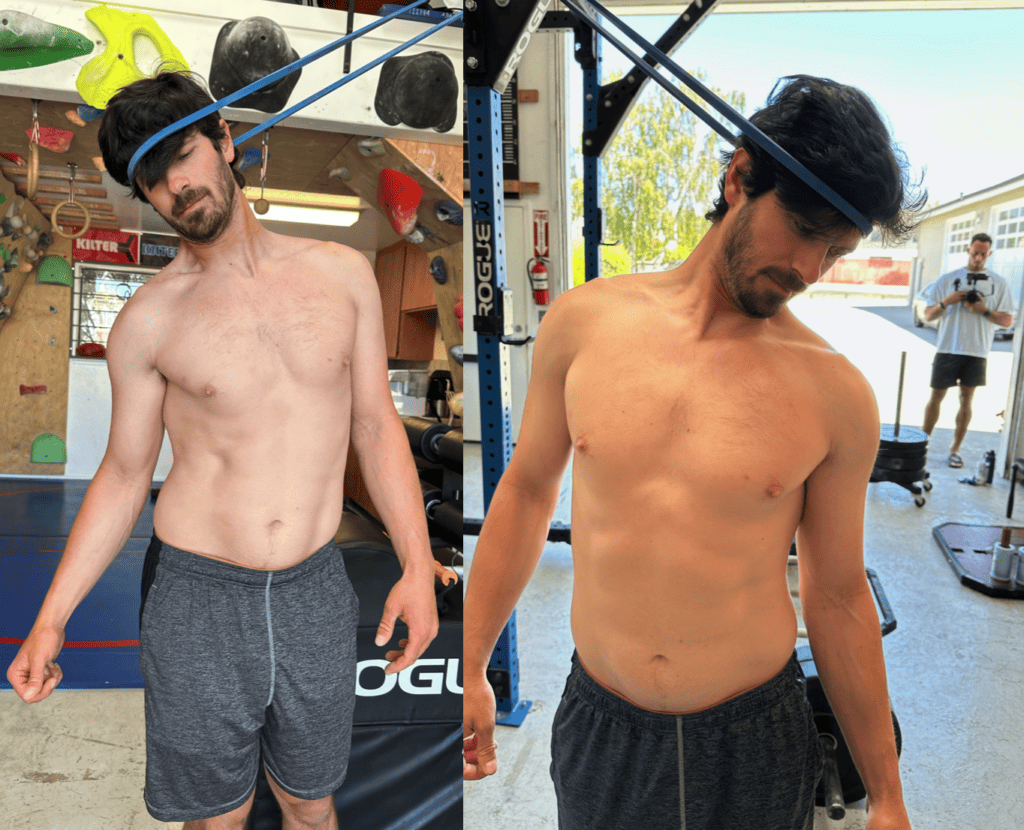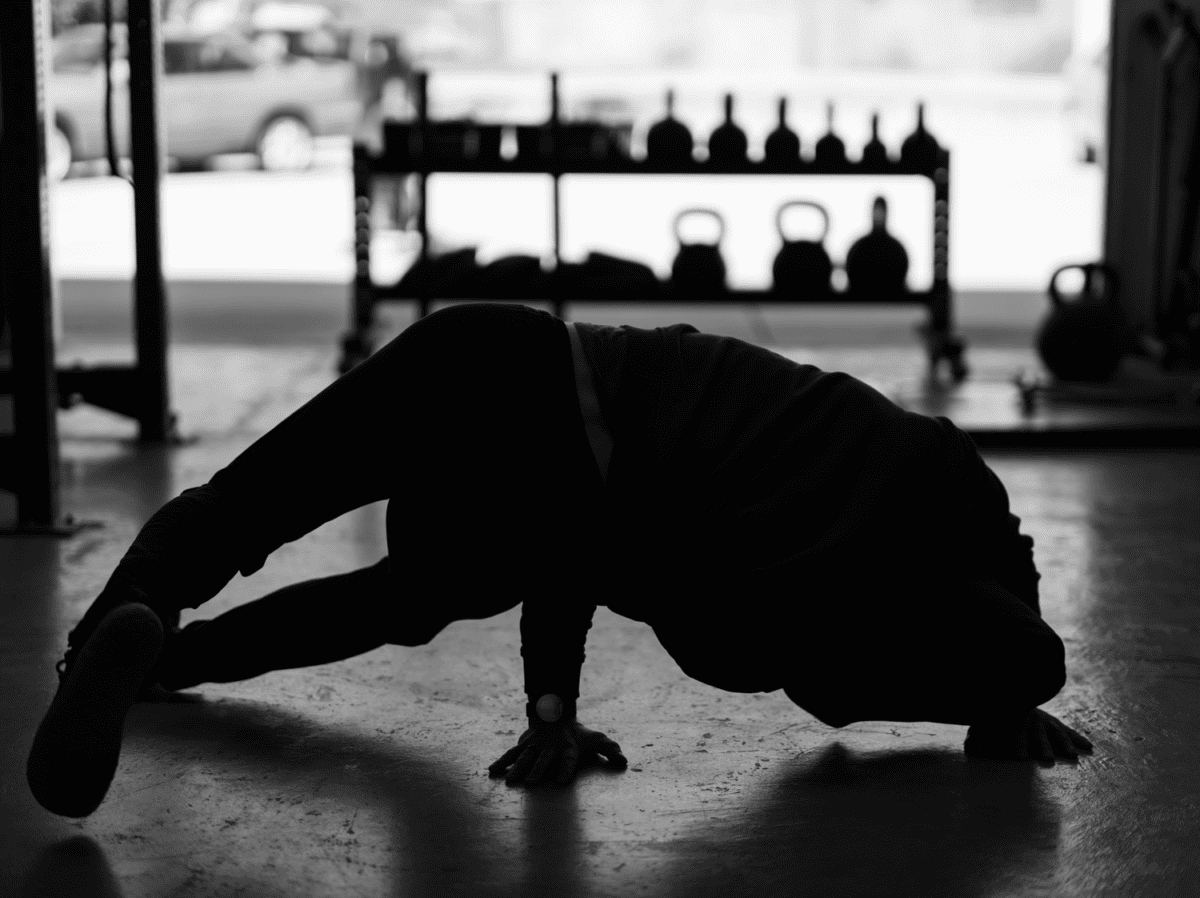I concluded this post’s predecessor by telling you to have a “good” spine position, but it’s only because that gets you to imagine a neutral position, hopefully. Neutral serves as a baseline. There are no bad or wrong positions. If there were, which degree would be the difference between bad and good? Seriously, where is that threshold?
Movement is a spectrum, not a duality. At each end lies flexed and extended, rotated internally and externally, better and worse, stronger and weaker, or safer and riskier. The words “bad” and “good” only belong in reductionist conversations, Instagram posts with far too many ✅ and ❌, and dictionaries.
Furthermore, when it comes to the spine, we seem to ignore two obvious facts:
-
Joints are made to move.
-
The spine has lots of joints.
So, move.
That stack of bones is meant to do two things: bear load, which I discussed in part one, and contort in every way it can. If it weren’t, Mother Nature would have given us a third femur as a backbone.
The lumbar spine has more available motion than the thoracic, yet academics, practitioners, and average Joes speak as if your lower back shouldn’t ever move. “Spine and core stability,” they keep saying.
Treating your spine as a rigid stick is like trying to make a Twizzler into a crowbar—it’s just not going to work.
The only things with their midsections as “stable” as many believe and prescribe, are turtles, insects, and arachnids. A normal spine moves at each vertebra. How much movement and when depends on the species and task. Context matters—a lot.
In general, there’s an evolutionary trend from a lot of spinal movement in aquatic animals to less with land species and less with us bipeds. Why? Because aquatic animals use their spines for propulsion, and land animals use their legs.
To be exceedingly clear: humans still need spinal movement, just not as much as your chocolate lab or Nemo. Some people should reduce motion at one or two hypermobile joints and spread it throughout their spines. I want you to own your range of motion and have a human amount of it. But by no means do humans have a “spinal engine,” unless you have gills or a blowhole.
On land, limbs are engines.
It’s why they are there.
Embrace The Spine’s Complexity
So why do we treat our many back’s bones as if they’re a single calcified structure?
Fear.
Pain.
Misunderstanding.
Yeah, probably those. And the first two usually sire the third.
It’s still human nature to avoid our fears and pains rather than approach them carefully or curiously. Some would call it instincts and common sense. “It hurts to round your back? Don’t round it.” Problem solved, right? But avoidance isn’t a long-term solution. You and I know that, sometimes, we must do what scares us.
Whether you’ve had a back injury or not, the way we talk about spines in sports is that they are fragile unless you’re careful and brace your core all the time, which reveals more about our psychology than our physiology.
But here’s the thing: perpetually bracing your core fosters that fear of fragility. Whether you admit it to yourself or not, that action says, “I will break unless I brace all the time.”
I haven’t found that to be true.
What we want is ownership. Control. No spinal movements feel weak, scary, or staccato. They are smooth, safe, and appear at the right time for the right task.
I’ll invite you to explore your spine (at your own risk. I don’t know you or your history). Lie down and, at a one out of ten intensity, embodying the spirit of syrupy molasses, explore its options. Try a sit-up where you lift one vertebra at a time, feeling each millimeter of skin come off the ground, and then set yourself back down, reversing the motion. Reduce effort and reduce it again. Find the least amount of effort possible to complete the motion.
Lie on your stomach and lightly press the top of your sternum into the ground, then the middle, then the bottom, and then progress toward your belly button, pushing into the ground as your shoulders lift. Again, reduce intensity and become more aware of nuances. Like the fact you don’t need to contract your arms or legs to move your spine this lightly. Learn how to do that.
These are two examples of segmental flexion and extension, but you can repeat the principles in any direction and orientation.
Move slowly, with awareness, and as you get comfortable over days and weeks, challenge yourself—again, at your own risk. Explore your spine from supine to hands and knees to bear position to standing to squatting. Notice if you suck in your stomach or contract your core. Hold weights. Hold them in new ways. Many good things can come from moving at a “Tai Chi speed.”
Guideline—From K to C
Keep your core cylindrical with breath or by letting it hang out, and then learn to move your spine in all directions. Left, right, rotated, rounded, extended, all the directions. Do so while standing, supine, prone, side-lying, hanging, squatting, dancing, whatever. Just do so slowly, mindfully, and with awareness.
Most of you will try this and wonder, “What’s he on about? I can move in all those directions, and I feel nothing.” That’s where the awareness comes in.
Watch video of yourself. Seriously, record video of yourself. Notice how your sides bend and where you wrinkle. Asymmetrical wrinkles are indicate asymmetrical joint movement.
Watch your linea alba (the line down your front) or the line of your spine. You want nice curved lines rather than bending at one joint like the letter “K.” Each joint should bend. Most of you will start out as that letter and learn to become a “C.”

Whatever direction you move your spine, we want each vertebra to bend a little bit so you share the load across your whole spine. If you get to a sticking point, reduce intensity. Seriously, get down to, like, a 0.1 out of 10, and you’ll likely find access to new positions. C?
I hope you find humor in our actions and body-beliefs. We’re a weird species with a complicated mind and trickier emotions. Biology makes a lot of tubes; many are horizontal. We are vertical, but the purpose is the same.

